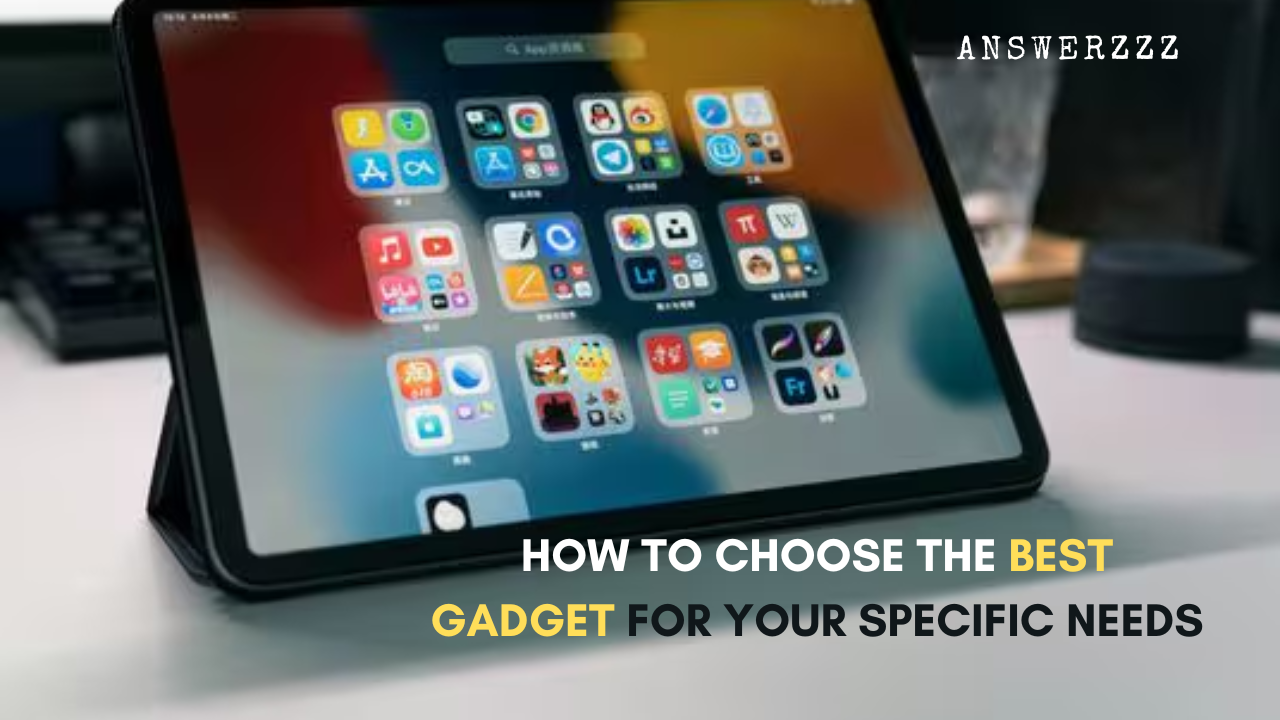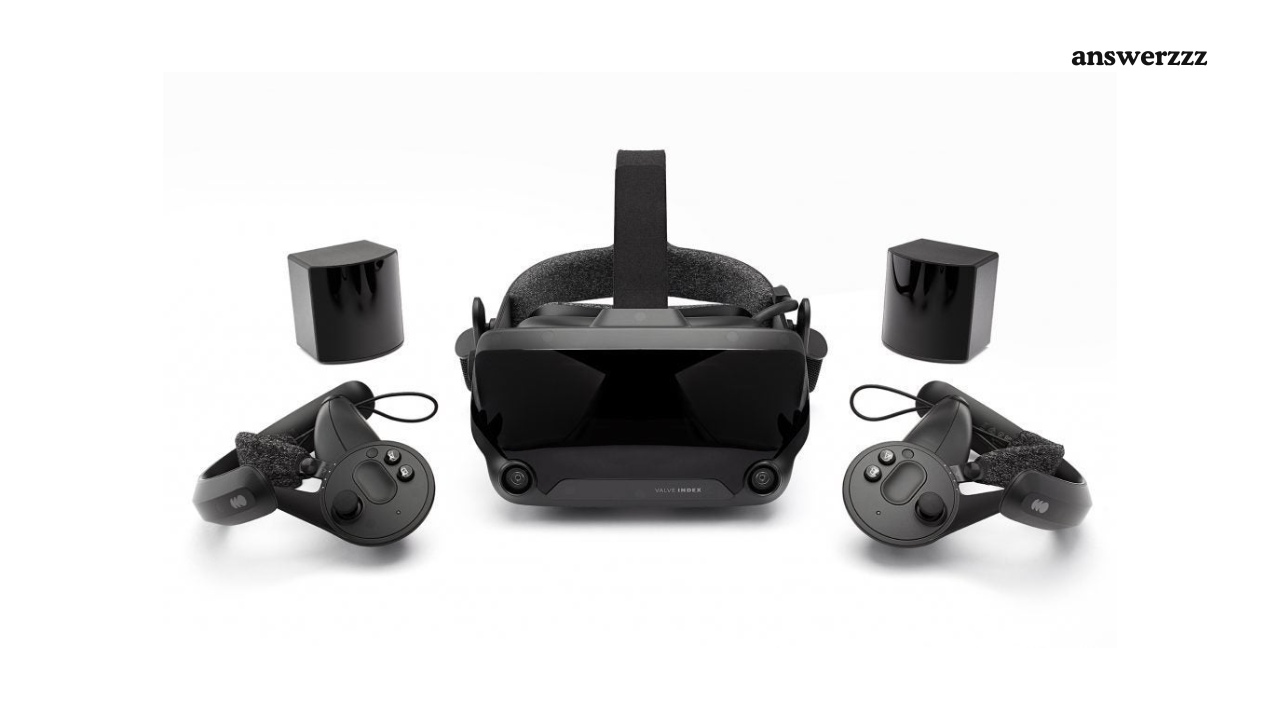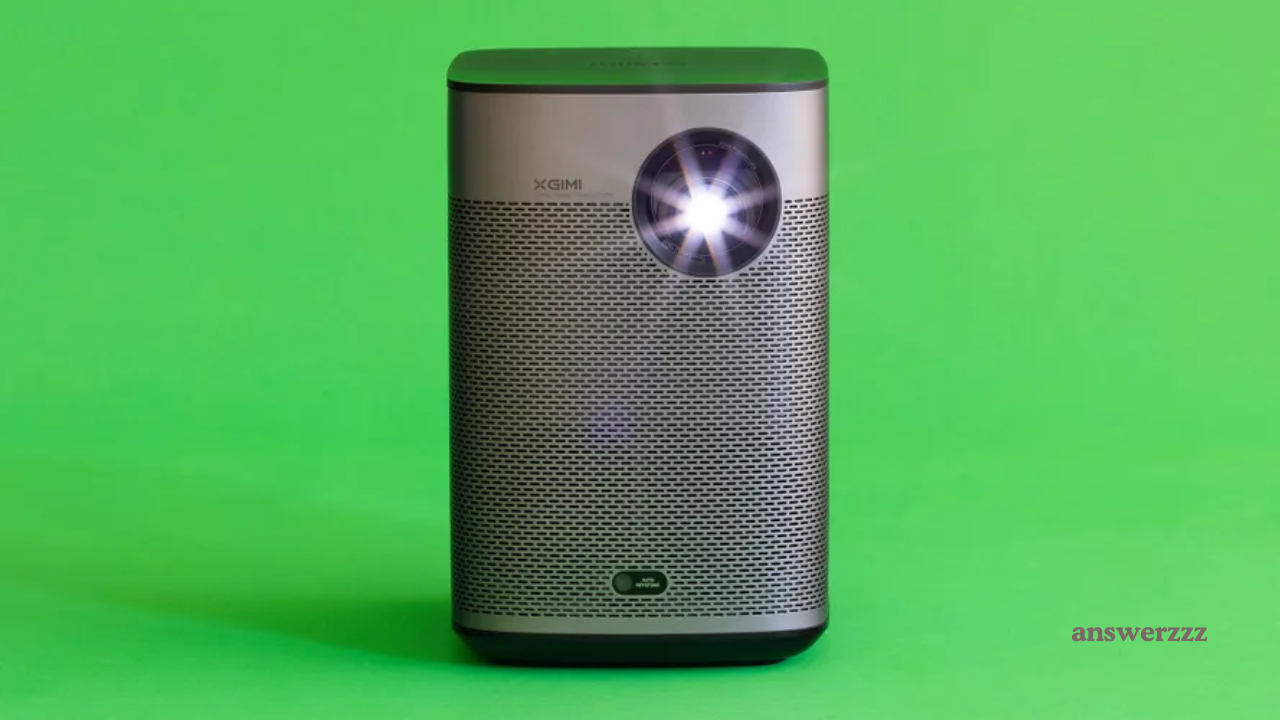In today’s fast-paced, technology-driven world, the array of gadgets available to consumers can be both thrilling and overwhelming. From smartphones and tablets to smartwatches, laptops, and e-readers, there’s a gadget for nearly every need and interest. However, choosing the best gadget for your specific needs can be daunting with so many choices at your fingertips. It’s crucial to select the right device that aligns with your lifestyle, usage, and budget to ensure you get the most value for your investment.
This comprehensive guide will walk you through the essential steps and factors to consider when choosing the best gadget for your personal and professional needs. We’ll cover everything from determining your requirements to understanding the technical specifications and making the right decision based on your priorities.
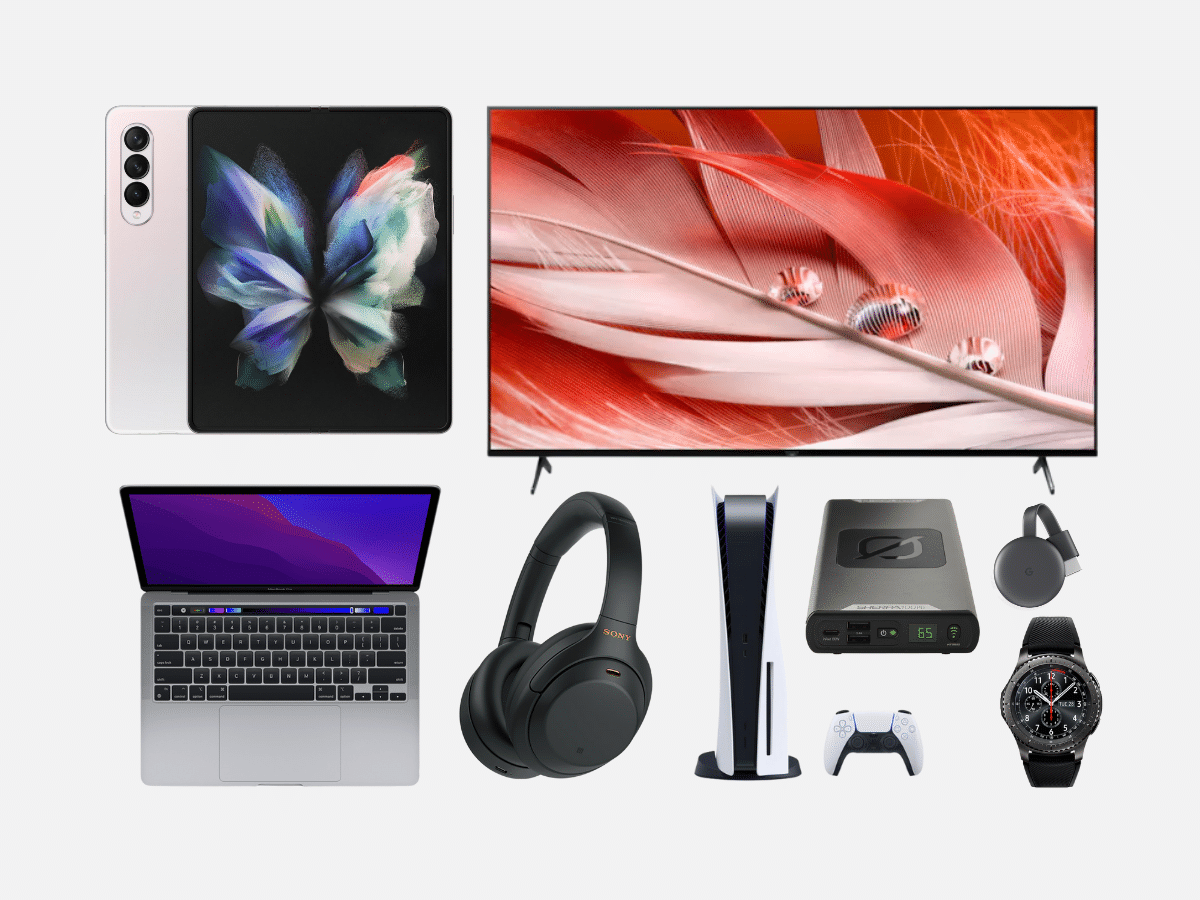
1. Identify Your Purpose and Needs
The first step in selecting the perfect gadget is to clearly define your purpose. Ask yourself, “Why do I need this gadget?” Whether you need a new smartphone, laptop, or fitness tracker, understanding the specific reason for your purchase is key. Consider the following questions:
- What will you primarily use the device for? (e.g., work, entertainment, fitness tracking, creative projects)
- How often will you use it? (daily, weekly, occasionally)
- Do you need a gadget for professional tasks or leisure?
- Are you replacing an old gadget, or is this a first-time purchase?
For instance, if you’re looking for a new laptop for work, your needs might focus on speed, performance, and portability. If it’s for gaming or multimedia, screen resolution and graphics may take priority. By defining your purpose early, you can narrow down your options and make a more informed decision.
Types of Users
- Professional Users: Professionals may prioritize productivity tools such as laptops or smartphones with high processing power, excellent multitasking capabilities, and long battery life.
- Casual Users: For users looking for everyday gadgets, such as a phone for calls, social media, and web browsing, a budget-friendly device with good overall functionality may suffice.
- Gamers: Gamers require gadgets with top-tier specifications like high refresh rate screens, powerful processors, and graphics capabilities to handle the latest games without lag.
- Creative Professionals: If you’re a graphic designer, video editor, or content creator, you might need a tablet or laptop that comes with high-end graphics, a colour-accurate screen, and support for styluses or other creative tools.
2. Set a Budget
Before getting too deep into the selection process, set a realistic budget for your new gadget. Prices vary widely depending on the features and brand. While you may want the latest and greatest, it’s essential to balance your needs with what you’re willing to spend.
Factors Affecting the Cost:
- Brand: Premium brands like Apple, Samsung, and Microsoft tend to have higher price points compared to less well-known brands that may offer similar features at lower costs.
- Specifications: Higher processing power, larger memory, and better screen resolution increase the cost of a gadget.
- Additional Features: Gadgets with premium features, such as water resistance, wireless charging, and advanced security options, are often more expensive.
- New vs. Refurbished: If you’re on a tight budget, consider buying a refurbished gadget. Refurbished devices are often much cheaper and undergo rigorous testing to ensure they’re in good working order.
By establishing a budget early on, you can filter your options to gadgets within your price range, reducing the chance of overspending on features you may not need.
3. Research and Compare Features
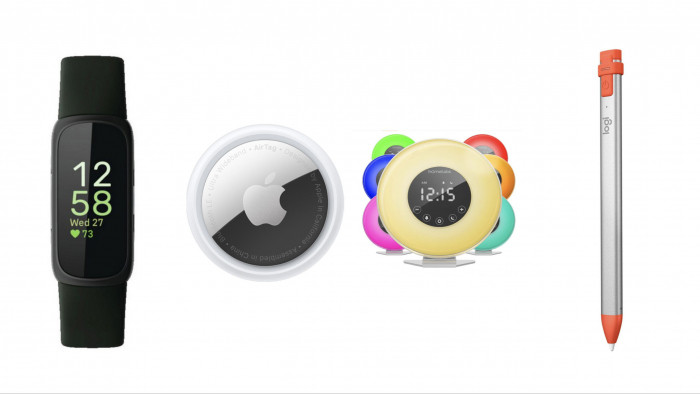
Once you’ve determined your needs and budget, the next step is to research the various gadgets that meet your criteria. Read reviews, watch hands-on videos, and explore comparison websites to get a clearer picture of what each gadget offers. Here are some key features to compare:
a. Performance Specifications
Understanding the technical specifications of a gadget can help you gauge its performance. Here are some of the most important specs to consider:
- Processor (CPU): The processor is the heart of the device. For laptops, desktops, and smartphones, a fast and efficient processor ensures that your gadget runs smoothly, especially when multitasking.
- RAM (Random Access Memory): More RAM allows a gadget to run multiple apps simultaneously without slowing down. For high-performance needs like gaming or video editing, 8GB or more of RAM is recommended.
- Storage: Depending on your usage, storage requirements may vary. Devices with higher storage capacities are ideal for users who store large files, such as videos, photos, or games.
- Battery Life: A gadget’s battery life is crucial, especially if you’re constantly on the go. Look for reviews that provide real-world battery life performance.
b. Display Quality
If you’re purchasing a device with a screen, such as a smartphone, tablet, or laptop, display quality matters. Consider the following factors:
- Resolution: A higher resolution (e.g., 1080p, 4K) means sharper and clearer images. For gaming and media consumption, a high-resolution display enhances the experience.
- Refresh Rate: Gamers and those who consume a lot of video content may prefer screens with a higher refresh rate (e.g., 90Hz or 120Hz) for smoother visuals.
- Display Size: Depending on how portable you need your gadget to be, screen size can vary from small (5-6 inches for smartphones) to large (15-17 inches for laptops).
c. Operating System (OS)
Different operating systems come with their own ecosystems, interfaces, and app compatibilities. The most common OS options are:
- iOS and macOS: Apple’s iOS (for iPhones and iPads) and macOS (for Macs) are known for their simplicity, security, and integration across devices. However, they are also more expensive.
- Android: Android offers a customizable and flexible experience with a wider range of device options at various price points.
- Windows: Windows is ideal for users who require software compatibility, especially for professional and business tasks.
d. Additional Features
Beyond the basics, some gadgets come with extra features that might be important depending on your needs. These could include:
- Camera Quality: For smartphone or tablet users, camera quality is often a major selling point. Higher megapixels, optical zoom, and night mode features can improve photo and video quality.
- 5G Connectivity: If fast internet on the go is important, consider a gadget with 5G connectivity.
- Water and Dust Resistance: For those who spend time outdoors or in rough environments, gadgets with IP ratings (e.g., IP68) are more durable and can withstand water exposure and dust.
- Security Features: Look for features like fingerprint sensors, facial recognition, or biometric security for added privacy and protection of your data.
The Best Gadgets for Remote Work: Enhancing Productivity at Home
4. Consider Ecosystem Compatibility
Many gadget manufacturers create entire ecosystems where devices work seamlessly together. For example, if you already own an iPhone, you might prefer a MacBook or iPad to take advantage of Apple’s integrated services like iMessage, iCloud, and Handoff. Similarly, Android users may benefit from choosing a laptop or smartwatch that integrates with their Google account and apps.
Benefits of a Unified Ecosystem:
- Seamless syncing between devices (e.g., photos, contacts, documents)
- Consistent user experience across platforms
- Cross-device functionality, such as sharing files, messages, and apps between gadgets
If you’re deeply invested in a particular ecosystem, it may make sense to choose gadgets that are compatible with your existing devices to maximize convenience and productivity.
5. Evaluate the Brand’s Reputation and Support
Brand reputation can play a significant role in your decision-making process. Some brands are known for their reliability, innovation, and customer service, while others may cut corners on quality. It’s important to research the following:
- Brand reputation: Look into customer feedback, longevity, and reviews on the brand’s products.
- Warranty and after-sales support: Make sure the brand offers a reasonable warranty and has a good customer support system. This is particularly important for expensive gadgets that you may need to service in the future.
Apple, Samsung, and Microsoft, for example, are known for offering reliable support, while lesser-known brands may have fewer service options available.
6. Look for User Reviews and Hands-On Testing
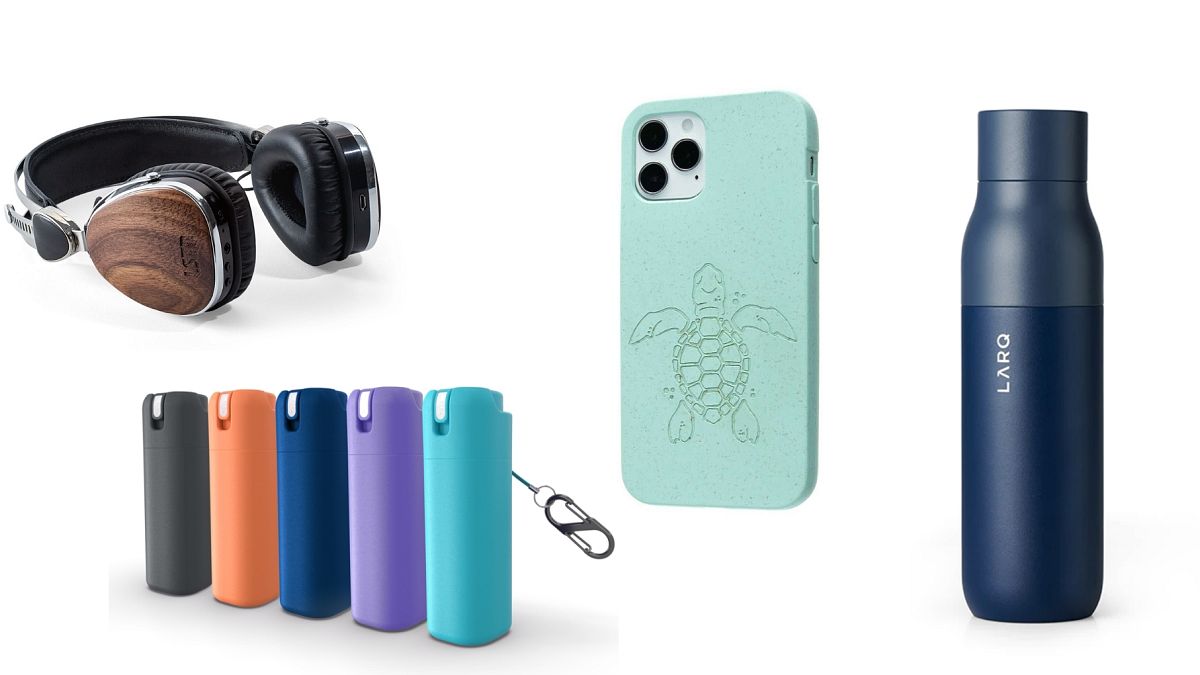
One of the best ways to gauge the real-world performance of a gadget is by reading user reviews and professional critiques. Trusted tech websites and YouTube channels often conduct in-depth reviews of the latest gadgets, testing everything from battery life to processing speed and build quality. Reading or watching these reviews will give you an idea of what to expect from the device and whether it meets your expectations.
Hands-on testing at a store can also help you assess how the gadget feels in your hand and how intuitive the interface is.
Where to Look for Reviews:
- Trusted tech sites: CNET, TechRadar, and The Verge are good sources for unbiased reviews.
- YouTube channels: Look for in-depth gadget reviews from channels like MKBHD, Unbox Therapy, and Linus Tech Tips.
- Online stores: Check verified customer reviews on Amazon, Best Buy, and the manufacturer’s website.
7. Consider Future-Proofing
Technology evolves rapidly, and the gadgets you buy today may be outdated in just a few years. While it’s tempting to buy a cheaper, current model, future-proofing your purchase by opting for devices with the latest features can ensure that they remain relevant longer.
- Look for the latest processors and chipsets, which will be supported longer.
- Ensure software updates: Choose gadgets from brands that regularly update their operating systems to protect your device from vulnerabilities.
- Opt for expandable storage or features that allow for upgrades in the future.
Choosing the best gadget for your specific needs requires thoughtful consideration of several factors, including your intended use, budget, performance specifications, brand reputation, and long-term reliability. By carefully assessing your requirements and researching the available options, you can make an informed decision that ensures your gadget meets both your present needs and future demands. Whether you’re purchasing a device for work, entertainment, or personal convenience, following these steps will guide you to the best choice for your lifestyle.
